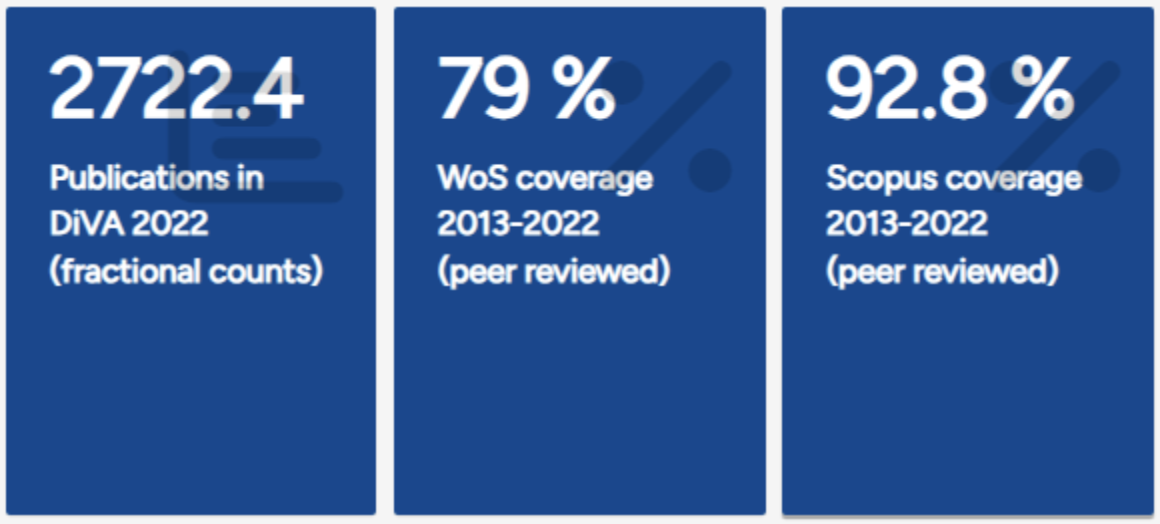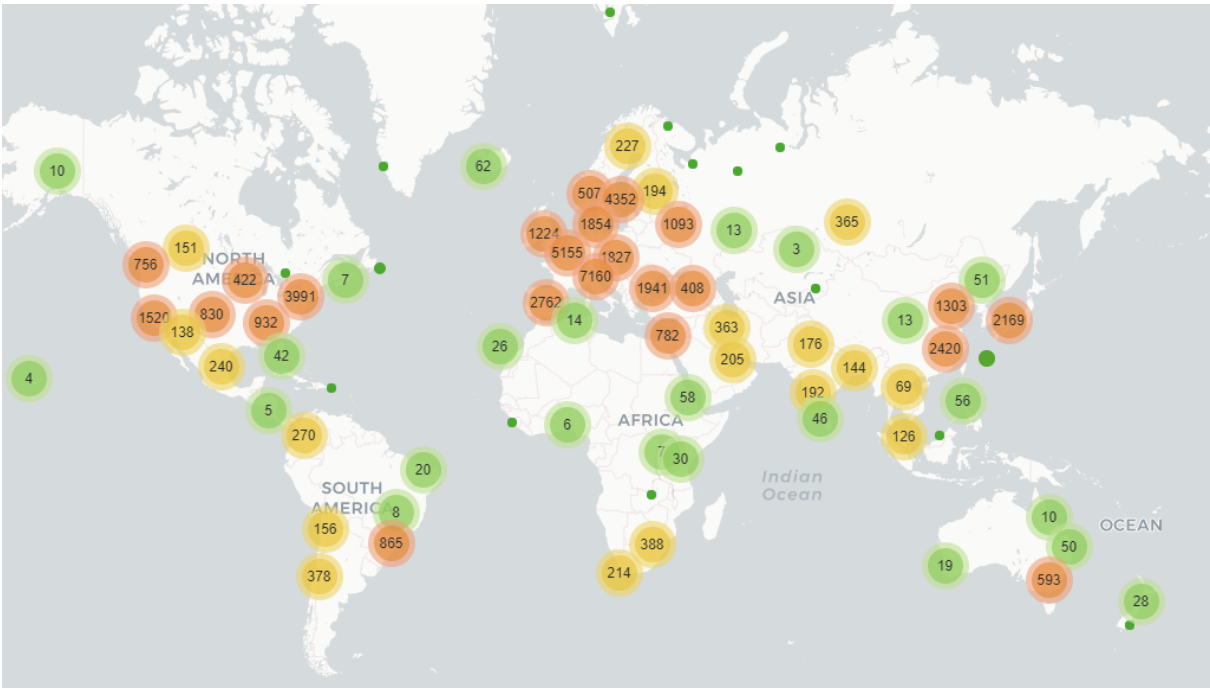Discover KTH's impact – Annual Bibliometric Monitoring (ABM) for 2023
Do you want the key to a treasure trove of insights about KTH's publications? In the ABM, you'll find bibliometric information about KTH's publications, segmented by schools and departments. It offers a deep dive into KTH's research, presenting publication volume, bibliometric indicators, co-publishing, open access, and mapping against the UN's global sustainability goals (SDG). New this year are longer timelines and annual indicators, replacing the previously used three-year rolling averages.
Go directly to ABM (Annual Bibliometric Monitoring)
ABM is not only part of KTH's ongoing monitoring and quality work that can provide an overview of the impact of KTH's research. It also gives insights into the nature of KTH's research collaborations and how the research affects the society around us.
This version of the ABM covers the publication years 2013–2022 and includes information about publication volume, citation impact, and co-publishing. You can also see which specific countries and organizations the units have co-published with, as well as access information about open access and how our research aligns with the UN's global sustainability goals (Sustainable Development Goals - SDG).

The purpose of the ABM is to facilitate the monitoring and understanding of KTH's research. For schools and departments, the material can be used as a data source in quality dialogues and monitoring work. The goal is to make our research more visible and valuable. ABM is primarily based on data from DiVA and Bibmet (KTH's bibliometric database), and results are presented for KTH as a whole and at school and department levels. As a logged-in user, you can also see results for your own publications.
In the KTH Research Information service, which complements ABM, you can analyze co-publishing and citation impact. Here, you can select departments and create your own groupings of researchers (such as center formations and project groups). There are numerous filtering options and preliminary project data available. The agile development team Data-driven analysis and follow-up of KTH's research (DAUF) continuously develops services in this area, in a collaboration between KTH Library, RSO, and the IT Department, to make it easier for everyone to understand our research.
Go directly to KTH Research Information

You can also read more about the library's work with bibliometrics and analysis at KTH .
For questions, please contact the Bibliometics group via e-mail at biblioteket@kth.se .

